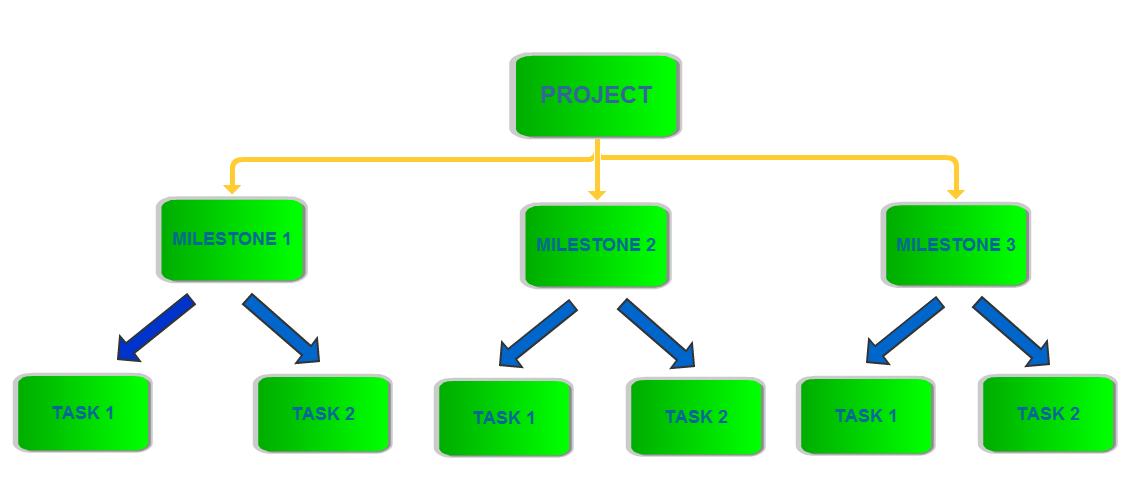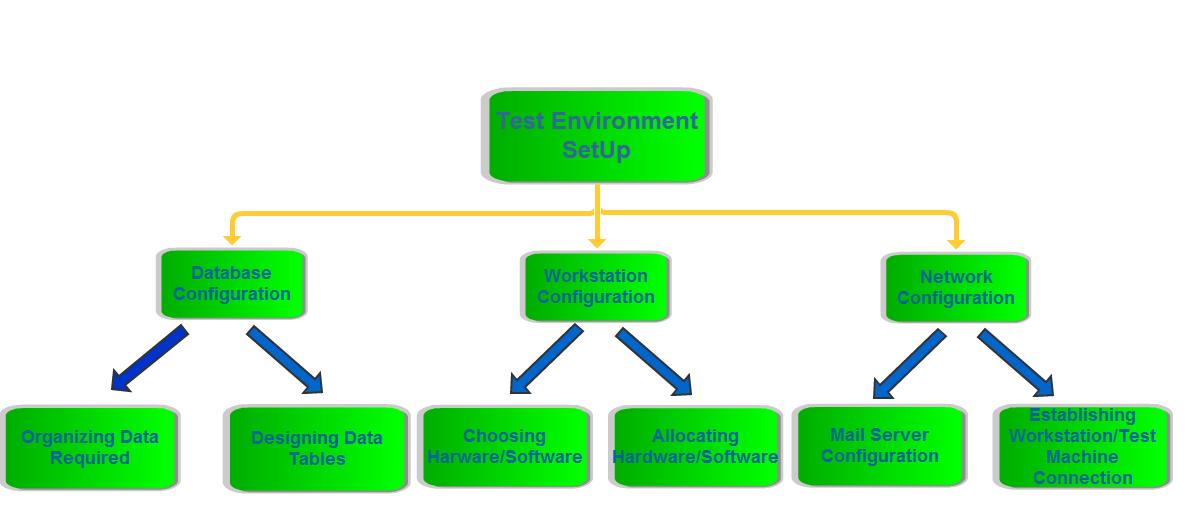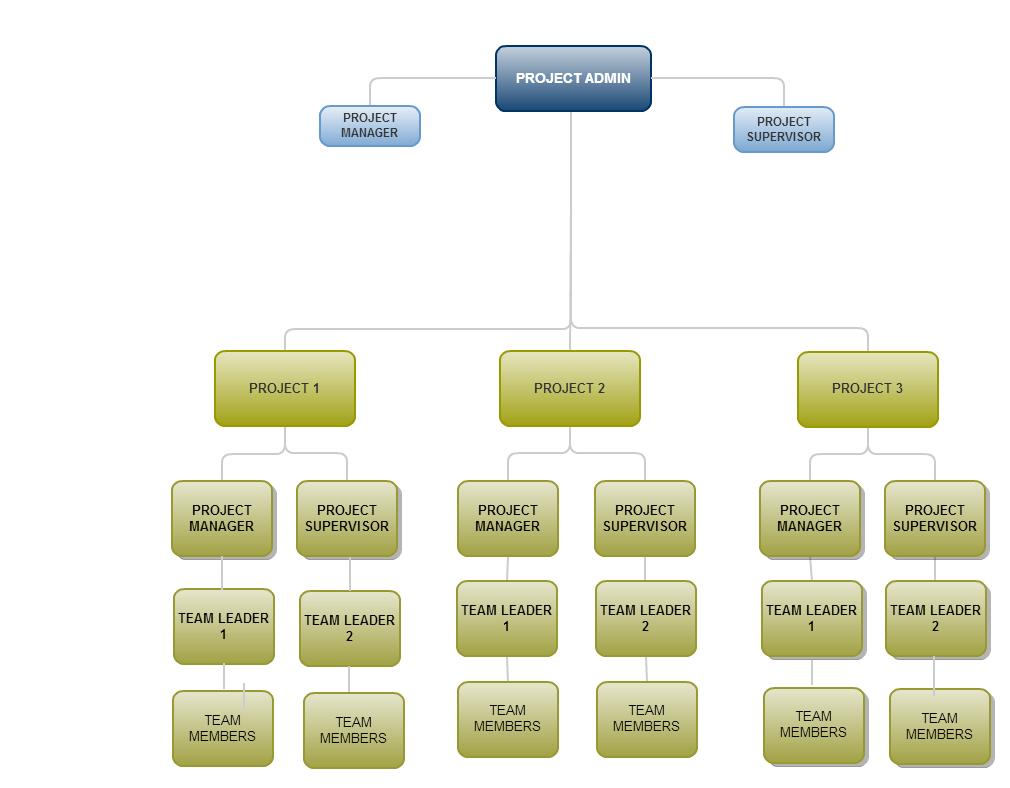Setting Up a Project
Contents
Systematic approach to completing a Task can be termed as a Project. Creating a Work Breakdown Structure (WBS), providing a crystal clear view of the "work in progress", through various stages namely Milestones and Tasks, is the Project's ultimate objective. Setting up realistic goals, working against a reasonable time schedule, with a multitude of members assigned to various roles concentrating on different aspects of the "work in progress", are some of the features of project(s). Anything from a simple "office shifting" to an IT project like "setting up a datacenter" can be considered a project. The basic WBS of a Project is as follows: Milestones, Tasks and related Tasks.

Let us take the example of "Setting up an IT Test Environment" and see how it is implemented with projects. As stated earlier, a project can be divided into: Milestones, Tasks and related Tasks. Superficially speaking, the basic WBS of the Test Environment would be like: Database Configuration, Workstation Configuration and Network Configuration. These three major tasks outlining the entire Project can be considered as Milestones.
Milestones, or major Tasks (mentioned above), would in turn require no. of actions to be carried out for the Milestone to be completed. For example, the Milestone "Workstation Configuration" would involve: deciding the "hardware/software required", "allocating hardware/software efficiently" (to respective workstations), and so on. These actions under a Milestone are known as Tasks.
Sample IT Test Environment, along with its Milestones and Tasks, represented through a project.
|
Project |
Milestone |
Task 1 |
Task 2 |
| Test Environment SetUp |
Database Configuration |
Organizing Data Required |
Designing Data Tables |
|
Workstation Configuration |
Choosing Hardware/Software |
Allocating Hardware/Software |
|
|
Network Configuration |
Mail Server Configuration |
Establishing Connection between Workstations and Test Machines |
The flow diagram for 'Test Environment Setup' project would be as follows:

Project member is one to whom a part of the project is assigned. It could be a milestone, task or the entire project itself. Based on the assigned role, the member would be provided with a set of access permissions. For example, let's say, you have a deluge of tasks in your project and therefore need a member to supervise the tasks alone, then you can define a role like Task Supervisor. In similar manner, you could have members specific to Milestones as well.
Member roles available by default are:
-
Project Admin: Role that allows members to access/control entire project module (that is,control over all available projects)
-
Project Manager: Role that allows members to access/control an entire project (add, edit and delete Projects)
-
Team Leader: Role that allows members to access/control Milestones (add, edit and delete Milestones)
-
Team Member: Role that allows members to access/control Tasks (add, edit and delete Tasks)
Sample Member HierarchyDiagram

Project Types and Project Status
Specify project types and indicate the project status using Project Types and Project Status respectively. For example: let's say yours is a business project, then such a project can be classified as of the type 'business'. Similarly, Project Status is useful in indicating the project's progress rate which plays a crucial part in letting project administrator/ manager decide what steps should be taken further within to improve it.
|
Default Project Types |
Default Project Status |
|
Business |
Open |
|
Infrastructure |
Onhold |
|
Maintenance |
Closed |
|
Research |
Canceled |

